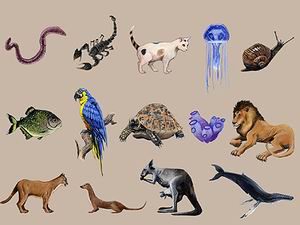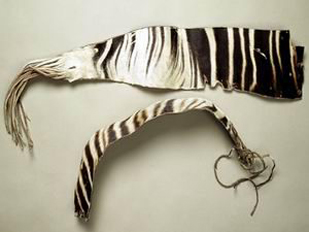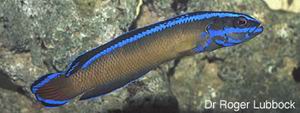Specimens and knowledge
Ordering the world
Different environments
Scientists have classified the living world into six major kingdoms. These are then sub-divided into progressively smaller sets. 'Species' is the most specific unit of classification.
Every known living thing has a general genus name and a more specific species name. Often, the Species name is descriptive of the organism's characteristics, its geographical location or the person who discovered it.

Ordering: type specimens
A type specimen is the first specimen of its species to be described, and given a species name, in a publication. We hold more than 850,000 of them, more than any other museum in the world.
Types are the foundation of our naming system, the 'dictionary' of the natural world. These unique specimens are the key references by which we describe and name the rest of the natural world.

In the case of the okapi, a small close relative of the giraffe that originated in the Congo, the first specimen obtained was this belt. This subsequently became the type specimen.
Learn more about:
 |
What is a specimen?
What is special about specimens? Why are they different from other kinds of object? |
|
The best way to identify anything is to compare it with others. This is why the collection here is the best tool a taxonomist has to identify an organism. Taxonomists use a combination of the collections and identification keys to identify organisms. |
|
Ordering: naming and renaming
Every known species has been described, named and a type specimen appointed. To determine whether you have found an example of a new species, you need many others to compare it to.

These fish all look slightly different, yet they are classed as the same species. Some researchers suggest that because they look so different, they should be separated into different species groups.
As we learn more about individual organisms, we may discover that we need to subdivide one species still further. For example, scientists might split a group of organisms, described previously as one species, into three different species.
Learn more about:
 |
Mosquitoes
Some researchers are distinguishing one species from one another by looking at their DNA |
|
This kind of renaming occurs as a product of new knowledge rather than a desire to regroup the natural world. |
|